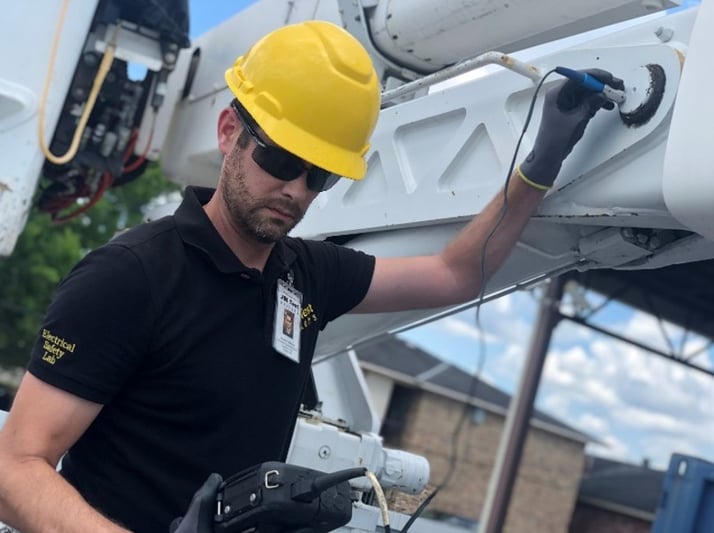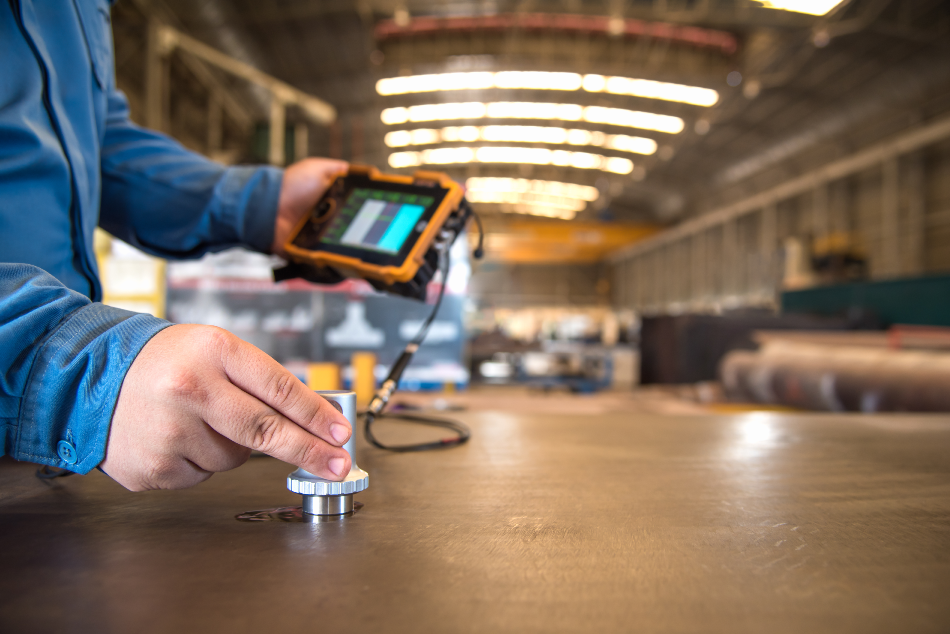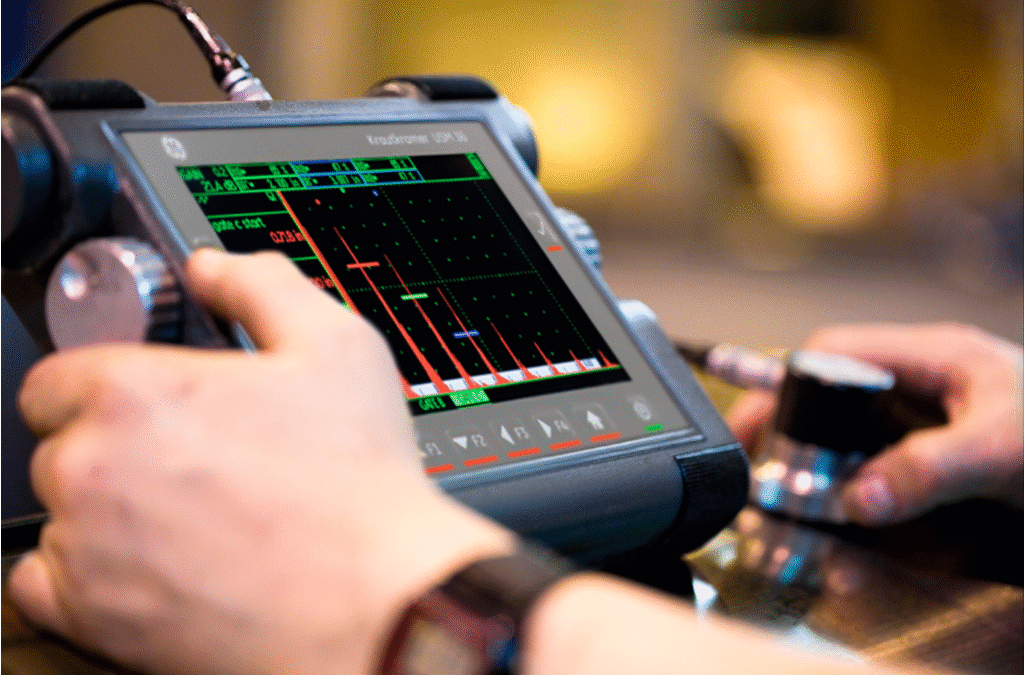When it comes to identifying flaws in materials using ultrasonic methods, understanding the common frequency settings for ultrasonic flaw detection is crucial. Ultrasonic Testing (UT) is a widely used non-destructive testing (NDT) technique that relies on sound waves to detect imperfections. In this article, we will explore the importance of frequency settings, how they affect the detection process, and provide insights for industry professionals.

Understanding Ultrasonic Testing
Ultrasonic testing is a technique that uses high-frequency sound waves to penetrate materials and detect flaws. It’s a preferred method in many industries due to its non-destructive nature and ability to provide accurate results. However, the efficiency of ultrasonic testing heavily depends on the correct frequency settings.
The Role of Frequency in Ultrasonic Testing
The frequency of the sound waves used in ultrasonic testing determines the resolution and penetration depth of the inspection. Higher frequencies offer better resolution but lower penetration, while lower frequencies provide deeper penetration but less resolution.
Typical Frequency Ranges
The typical frequency range for ultrasonic testing is between 0.5 MHz and 20 MHz. The specific frequency within this range is chosen based on the material and the type of flaw being inspected. For instance, higher frequencies are used for thin materials or surface flaws, whereas lower frequencies are better suited for thicker materials.
Choosing the Right Frequency
Selecting the appropriate frequency setting is critical for successful flaw detection. Factors such as material thickness, type of flaw, and inspection requirements should be considered. For detailed guidance on selecting the optimal frequency, you can refer to optimal frequency for crack detection.
Frequency Settings in Practice
In practice, the choice of frequency is often a compromise between resolution and penetration. For example, detecting subsurface defects in thick steel plates might require a frequency of around 1 MHz, whereas inspecting thin aluminum sheets for surface cracks might necessitate frequencies closer to 10 MHz.
Frequency and Material Types
Different materials react differently to ultrasonic waves. Metals, plastics, and composites each have their own characteristics that affect how sound waves travel through them. Understanding these interactions can help in selecting the right frequency for effective flaw detection.
Advanced Techniques
Recent advancements in ultrasonic testing have led to the development of more sophisticated techniques that utilize varying frequencies. Techniques such as phased array ultrasonic testing allow for dynamic adjustment of frequencies, providing enhanced flaw detection capabilities.
The Impact of Synchronization
Synchronization between sensors and devices is also crucial for improving the accuracy of ultrasonic inspections. For more information on how synchronization enhances inspection accuracy, you can visit synchronization improves inspection accuracy.
Challenges in Frequency Selection
Despite the benefits of ultrasonic testing, selecting the right frequency can be challenging. Factors such as signal attenuation, equipment limitations, and environmental conditions can all impact the effectiveness of the chosen frequency setting.
Overcoming Challenges
To overcome these challenges, industry professionals must be well-versed in both the theoretical and practical aspects of ultrasonic testing. Continuing education and hands-on experience are essential for mastering this complex field.
Conclusion
Understanding the common frequency settings for ultrasonic flaw detection is vital for accurate and efficient inspections. By selecting the appropriate frequency based on material characteristics and inspection requirements, professionals can ensure reliable results and maintain high-quality standards.

FAQ
What is the typical frequency range used in ultrasonic testing?
The typical frequency range used in ultrasonic testing is between 0.5 MHz and 20 MHz, with the choice depending on the material and flaw type.
How does frequency affect ultrasonic testing?
Frequency affects the resolution and penetration of the sound waves. Higher frequencies provide better resolution but shallower penetration, while lower frequencies offer deeper penetration but lower resolution.
Why is synchronization important in ultrasonic testing?
Synchronization between sensors and devices improves the accuracy of ultrasonic inspections, ensuring more reliable flaw detection.
For more details on inspection frequencies, you can check the external resource on inspection frequencies.
This article contains affiliate links. We may earn a commission at no extra cost to you.
